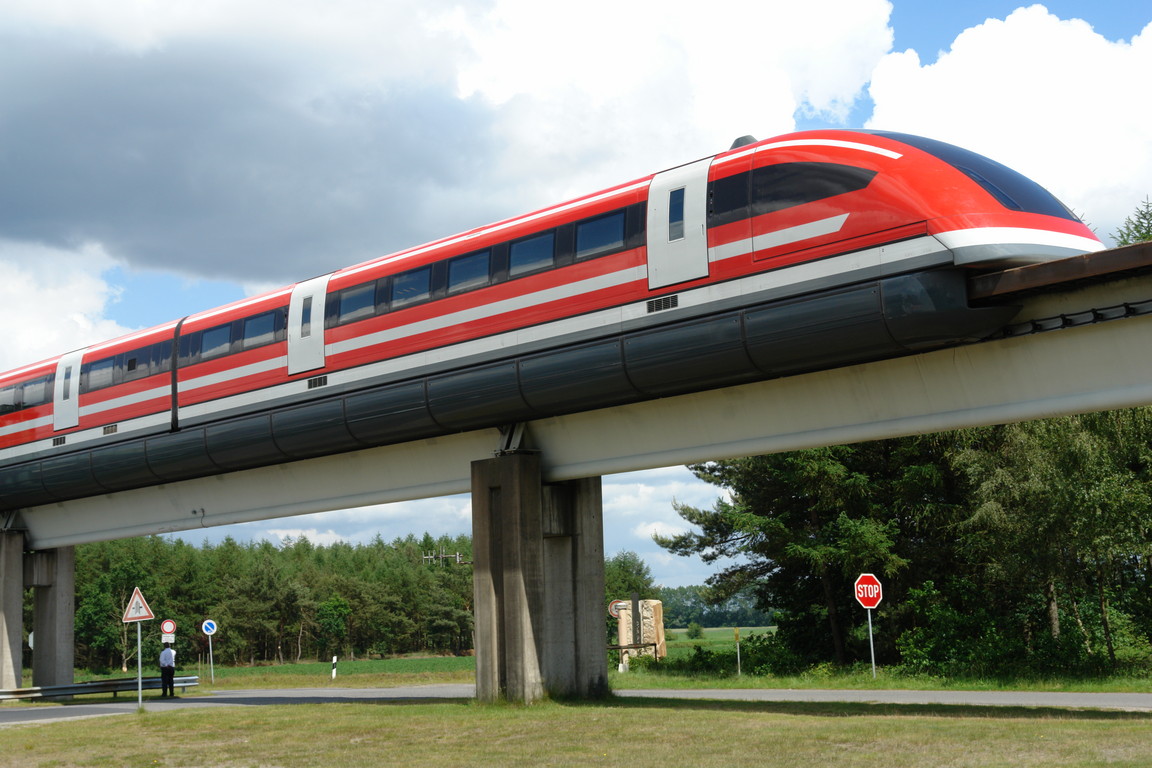He tells the story to emphasize why it's important for schools that serve poor children to provide longer school days and intensive summer education. In other words, if train B is going to catch train A it needs to tenaciously chug-chug long past when the first train has stopped running.
 |
| Maglev Train-- 300 mph! |
To belabor the metaphor-- if one train is whipping along at 300 mph and the other train is chugging along at 60 mph the result is a gap that widens to a chasm.
As the director of Project Coach, I had several responses to the article:
First, the gap in services received is colossal. The youth and children in our our program attend Springfield public schools where the per pupil costs are $13,605 (09-10). The idea of "catching up" and competing on 'equal ground' feels utterly naive when presented with such a stunning differential. In other words, we could provide a range of engrossing, educative, and imaginative activities with the difference of $16,000.
Second, I suspect the gap will trend from colossal (big) to gargantuan (enormous). Here is the article:
The median number of applications to New York schools has increased 32 percent over the past decade, according to the association, and in some schools the acceptance rate is staggeringly low. At Trinity, only 2.4 percent of children from families with no previous connection to the school were admitted to kindergarten last year.Why are there even more people willing to pay for education when they can get it for free? The social and economic pressures of our time result in our feeling tremendous uncertainty for our children. This trepidation manifests as an urgent need on the part of parents to provide the best education possible. Parents translate that anxiety into an intensive focus on doing whatever they can to provide experiences and environments that cultivate the skills, capacities, talents, and knowledge base of their children. It's the classic 'arms race.'
So when we write a grant every application asks us to justify our budget and our per pupil costs. We probably cost about $1,400 per student. We provide athletics, literacy activities, leadership development, community support, and academic coaching. It's almost too mind bending to think what we could do if we had resources akin to what it cost to provide a NYC private school education.
--Sam Intrator
Project Coach




No comments:
Post a Comment